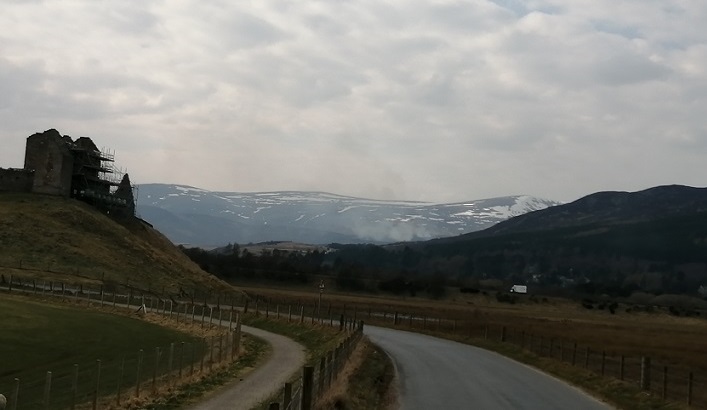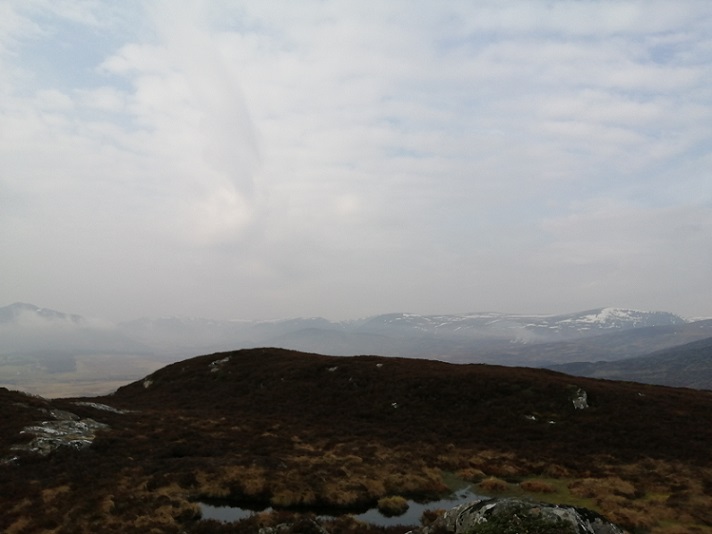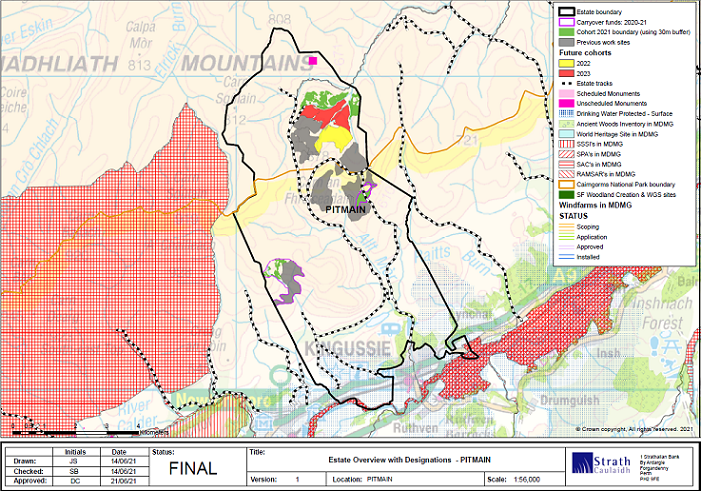
On Tuesday NatureScot launched its new corporate plan 2022-26 (see here) under the guise of what it described as “an ambitious new plan for nature” (see here). The 16 page document commits NatureScot to delivering the Scottish Government’s recently adopted targets that 30% of Scotland’s lands and seas should be protected by 2030 and 10% “highly protected” to help address the climate and nature emergencies.
Having stated that “the old strategy of protecting the best of our nature in legally defined protected areas has been insufficient” – 1,011,000 hectares or 12.6% of Scotland’s land area” is currently designated as a Site of Scientific Interest (see here) – NatureScot fails to explain:
- what is meant by “protected” or “highly protected”;
- the implications for the 70% of Scotland’s land or seas that will remain unprotected;
- or what they – as the agency that has now had statutory responsibility for protecting nature for three decades – will now do differently.
The problem with NatureScot’s latest packaging of its approach to land-management is illustrated by these recent photos of muirburn on the Glen Banchor and Pitmain Estate in the Cairngorms National Park.

While the destructive impact of deer overgrazing on the natural environment is mentioned in NatureScot’s corporate plan, muirburn is not: that is despite a new commitment to “substantially exceed Scotland’s goal of 250,000 ha of restored peatland by 2030”. It appears that NatureScot is continuing with their current approach where they fund estates to restore peatland to lock up carbon in some areas while turning a blind eye to the burning of peat and peaty soils in others. As RSPB argued last year (see here) that risks Scotland’s carbon targets going up in smoke
At Pitmain and Glen Banchor NatureScot has been funding the estate to restore damaged peatland since 2020 and has committed to paying for further work until 2023:

Meantime, as the photos shows, muirburn on other parts of the estate continues and indeed appears to be intensifying. While in the National Park, under an agreement between NatureScot and the Cairngorms National Park Authority, while the CNPA funds peatland restoration projects in the central Cairngorms, NatureScot retains responsibility for funding projects in the Monadliath which it delivers through the Strath Caulaidh consultancy. NatureScot therefore holds primary responsibility for ensuring Scottish Government peatland restoration monies are well spent on Glen Banchor and Pitmain and neighbouring estates.
The Glen Banchor and Pitmain Estate is owned by Majid Jafar, the Chief Executive of Crescent Petroleum, which is apparently the Middle East’s oldest privately owned gas and oil company, and like other fossil fuel companies bears a high degree of responsibility for the climate crisis. Instead of the polluter paying, NatureScot appears to be happily paying the polluter to restore part of their land while carrying on destroying the rest regardless.
Twenty years ago when I was on the SNH Board, as NatureScot was then called, there was much talk about the need for joined up thinking and “cross compliance”, i.e that to receive public grant landowners should be expected to meet certain requirement across their entire landholdings. The Board as it was then failed to implement those ideas – mea culpa – but now they are not even mentioned and appear completely off NatureScot’s agenda. As a consequence, they will continue to fail.
Far from restoring nature, NatureScot’s latest plan should be seen as a gift to the owners of Scotland’s sporting estates who will no doubt be delighted that muirburn is off the agenda and the vague talk of the need for deer to be in balance with nature: the message is that as long as sporting estates agree to protect 30% of the land, whatever that means and at little or no cost to themselves, they can do what they like on the rest. National Parks might as well not exist.
Postscript
In the absence of action from NatureScot and our National Park Authorities the RSPB has set up a system to report cases of muirburn (see here). This will provide further evidence to show how much destruction is going on in our National Parks, although if the Scottish Government and NatureScot cared to look they could also view the evidence on Google Earth.

I live in Newtonmore and have witnessed the intensified burning on both Pitmain and the Banchor estates. In particular Banchor has burned very heavily over the last four years yet it gets paid for a tree growing scheme to improve the river Calder which flows through Glen Banchor, greenwashing as the muirburn continues ever higher up the surrounding hills. As far as I am aware there has been NO driven grouse shooting on Banchor estate for the last four years due to low densities of grouse. So is driven grouse shooting economically viable anymore and will it be wholly replaced by Red-legged Partridge shooting?
Over the last 6 weeks Strathspey estates have been heavily burning and I have reported many many fires to the RSPB website asking people to record signs of muirburn. Phoines, Cuaich, Crubenmore, Drumochter, all these estates continue to burn very very heavily and are showing no restraint in the ongoing climate crisis.
and we can just forget about natural tree regeneration in the burned areas
Why do SNH and FS not attach a condition of no muirburn to any public funding?
Burning is a threat to publicly funded peat restoration and a direct risk to grant aided forestry. schemes.
This Government web page is the response to the Werritty Report
https://www.gov.scot/news/werritty-report-response/
From it it tells us
“Additional measures to protect birds of prey.
Grouse shooting businesses in Scotland will need to be licensed to operate under new proposals to tackle raptor persecution.
Muirburn will also only be permitted under licence, in order to protect wildlife and habitats, regardless of the time of year it is undertaken and whether or not it is for grouse moor management or improving grazing.
There will also be a statutory ban on burning on peatland, except under licence for strictly limited purposes, such as approved habitat restoration projects.
The Scottish Government will work with all stakeholders to produce guidance on best management practices for the use of medicated grit, and convene an expert group to study how best to monitor compliance with the a new code of practice.”
Why not just ban muirburn? You can cut a larger area of heather with brushcutter blades on a strimmer in less time than it takes to burn and with fewer people.
There’s no justification for the practise anymore. None.